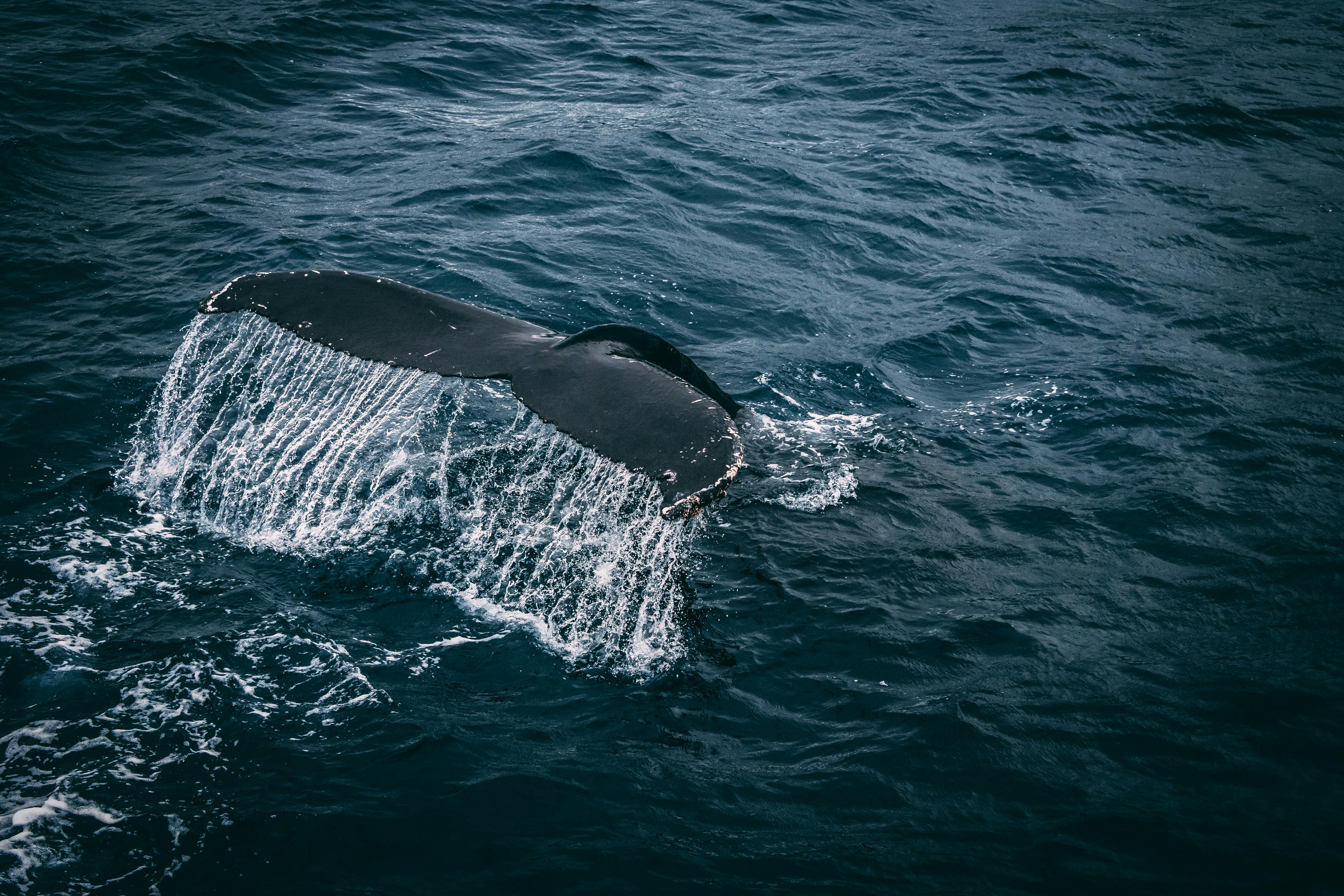
Researchers discovered previously unknown structures in sperm whale communication similar to human language by analyzing whale sound recordings with Artificial Intelligence (AI).
The researchers from the Massachusetts Institute of Technology (MIT) and the Cetacean Translation Initiative (CETI) reported their findings, titled “Contextual and combinatorial structure in sperm whale vocalizations,” in the journal Nature Communications on May 7.
With the help of AI, the researchers have identified over 150 distinct whale vocalizations called codas, or the rhythmic sequences of clicks whales use to communicate.
Whale Language Deep Dive: Two Decades’ Insight
For decades, scientists have been analyzing sperm whale language, with CETI Biology lead and co-researcher for the article Shane Gero founding the Dominica Sperm Whale Project (DSWP) back in 2005, currently the largest sperm whale data repository.
The DSWP studied the social and vocal behavior of around 400 Eastern Caribbean sperm whales, identifying the 21 previously defined coda types through almost 9,000 manually annotated coda clicks.
Now, 20 years later, with the help of computer technology, the researchers discovered previously unknown diversity and complexity in animal communications, dubbing the sound collection the ‘sperm whale phonetic alphabet.’
Whale Songs’ Musicality: Exploring Vocal Variations
MIT PhD student and lead author Pratyusha Sharma differentiates the ‘fine-grain changes’ in vocalizations through 4 distinct descriptions, mainly Contextuality, Rubato, Ornamentation, and Combinatoriality.
Furthermore, codas can sometimes exhibit substantial continuous variation in their durations, such as matching speeding up and slowing down, referring to it through an analogy to a musical phenomenon, the rubato.
Sometimes, sperm whales even add an ‘extra’ click to the end of a coda, which the researchers named ornaments, akin to ornamentation in music.
Whale Talk: Contextuality in Communication
The researchers reported that characterizing sperm whale interactions as sequences of fixed coda types overlooks many details, hypothesizing that smooth variations and extra clicks point toward a more complex communication system.
“Some of these features are contextual. In human language, for example, I can say ‘what’ or ‘whaaaat!?’. It’s the same word, but to understand the meaning, you have to listen to the whole sound,” she adds, likening the sperm whale clicking interactions to the context-dependent ones of humans.
Whale Songs: Unlocking Combinatorial Patterns
The basic building blocks of these codes, which they describe as the “sperm whale phonetic alphabet,” are similar to phonemes, the units of sound in human language that combine to form words.
These whale codas or phonemes can be combined, allowing the whales a long list of distinct vocalizations and combinations.
“The existence of a combinatorial coding system, either at the level of sounds, sound sequences, or both, is a prerequisite for the duality of patterning. Our findings open up the possibility that sperm whale communication might provide our first example of that phenomenon in another species,” the researchers said.
The duality of patterning is a linguistic phenomenon thought to be unique to human language, where meaningless elements combine to form meaningful words.
‘We’re at base camp.’
However, the researchers emphasize that they must first build a ‘fundamental understanding of how sperm whales communicate and what’s meaningful to them.’
“We’re at base camp. This is a new place for humans to be – just give us a few years,” CETI founder and Biology professor at the City University of New York David Gruber says.
Gruber adds that while the paper ‘doesn’t tell us anything yet,’ AI has allowed us to see deeper into whale communication than we’ve ever seen before.
The researchers continue, “We really have no idea. But the better we can understand these amazing animals, the more we’ll know about how we can protect them.”



















